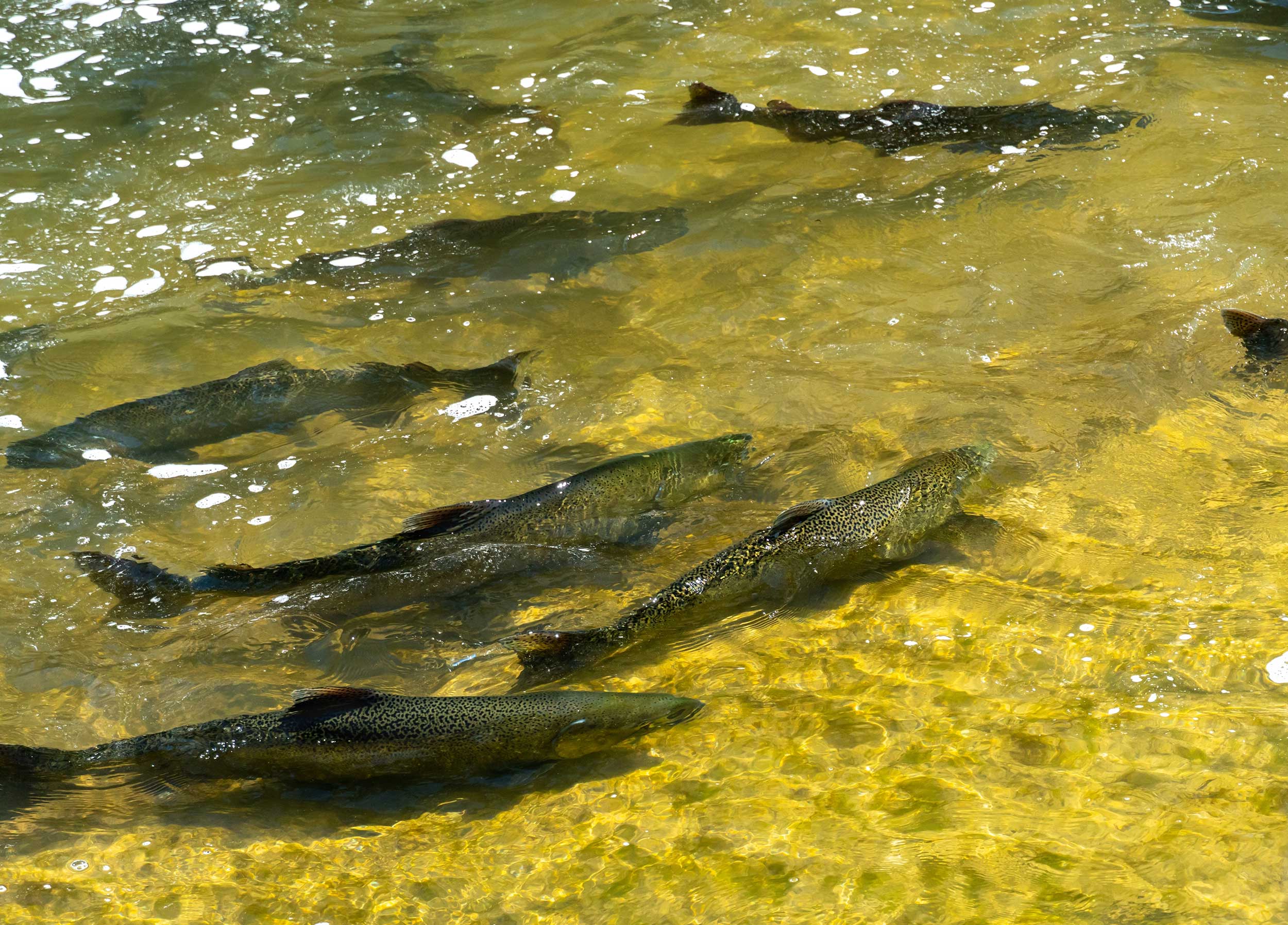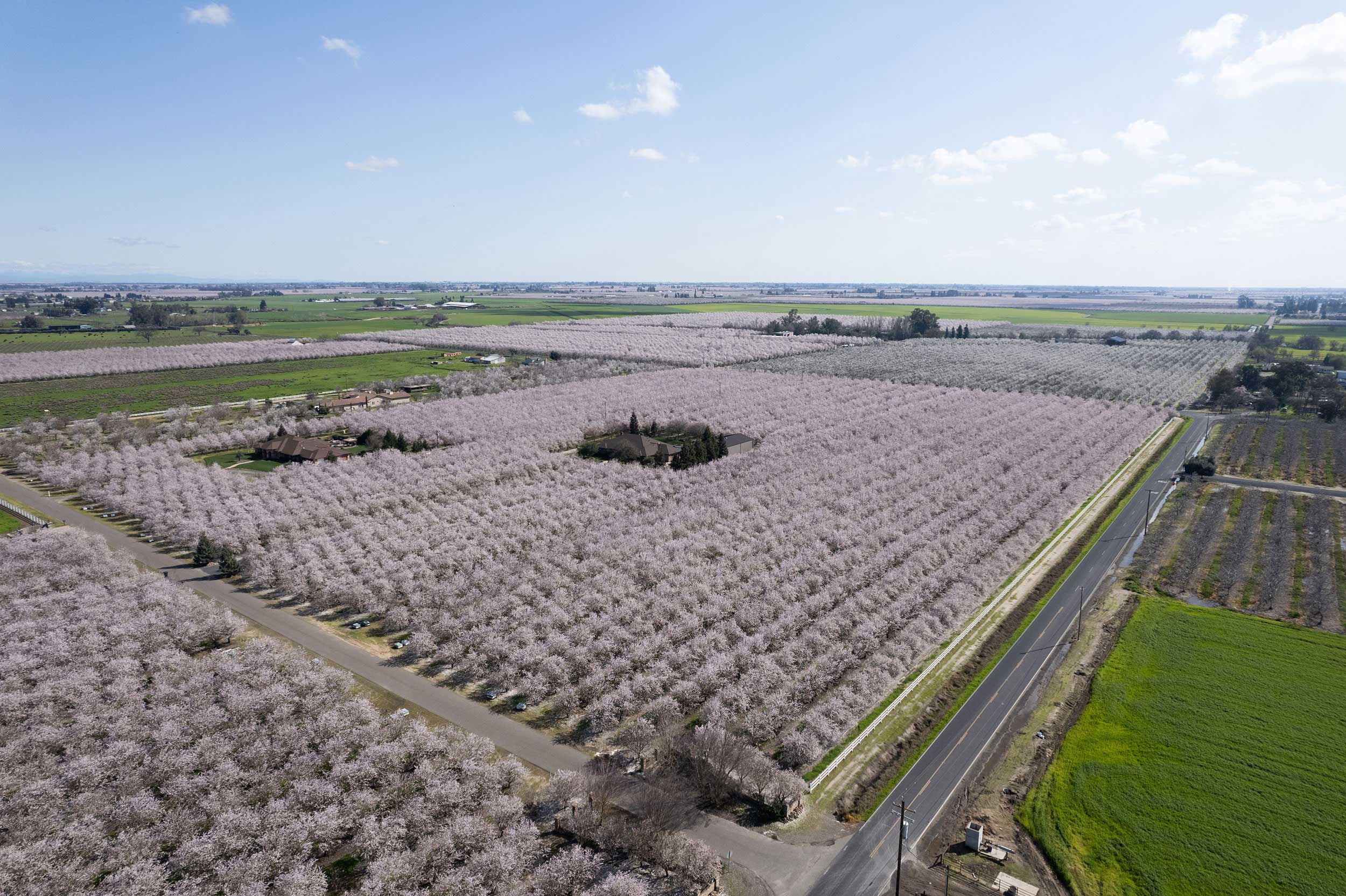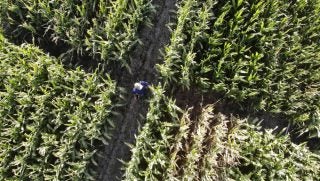In the Central Valley of California, Amazon warehouses have been popping up, seemingly overnight. California even tops the charts with the most warehouses of any state. However, this is highly strategic in such a populous state, as the online retail giant’s expansion has been occurring for years.
For example, in 2022, Amazon purchased 60 acres of farmland in Gilroy, California, to build a delivery center and warehouse. While Gilroy falls within the “Silicon Valley” boundaries, and Google has a presence there, the purchase was met with pushback due to environmental impacts. For those unfamiliar with this area, it is known for it’s agricultural industry and hosts the Gilroy Garlic Festival every year. Like much of the rest of the San Joaquin Valley, the acreage that Amazon gobbled up is ideal for agricultural land.
However, there’s another reason for a growing concern about Amazon among the farming community. In 2024, Amazon touted that it was purchasing land under the guise of conserving water. The goal, the retailer said, is to aide in its plan to be “water-positive” by 2030 — mean it would return more water to freshwater sources than is taken out. The project isn’t limited to the United States, as it has similar projects in China, Chile, and Brazil as well.
In the U.S., the Central Valley water conservation project was selected in order to preserve Chinook salmon.
The department of Fish and Wildlife claims that the species of salmon population is shrinking, which piqued Amazon’s interest in the issue. Together, with River Partners, an environmental non-profit group focused on reviving rivers, there is a plan to tackle the salmon population issue. It involves reconnecting rivers to floodplains and side channels. This would conserve water and improve flood management, as well as replenish freshwater ecosystems.
However, this is done by retiring agricultural irrigation — thus removing farmable land out of use.

California is no stranger to losing agricultural land for development purposes. While 43 million acres, of its 100 million total, are used for agriculture, 40,000 acres of agricultural land are lost per year due to urbanization. According to the California Department of Farming and Agriculture, if current development trends continue, 1.3 million acres of California agriculture land will be developed by 2050.
The issue is this: On the top of everyone’s minds is water conservation, from Amazon to the farming community, but not everyone agrees on how that should be achieved. There is certainly controversy with the water conservation project Amazon has announced due to the removal of valuable farmland.
The Facebook Group The CA Water for Food and People Movement expressed concerns with the plan. One group member stated that the partnership seemed more about saving salmon by means of taking over farmland and rerouting water without addressing the real issue at hand: overpopulation of predators.
Others brought up the fact that these big companies, specifically AI/data centers, use massive amounts of water to cool those centers. Therefore, it’s argued that this water project is just a cover up to prevent environmentalists from uncovering the true culprit against water conservation: themselves.
The American Society of Civil Engineers (ASCE) published an article explaining the impact of water use by these large data centers.
It noted, “Collectively, data centers rank in the top 10 of ‘water-consuming industrial or commercial industries’ in the U.S.,” according to a study led by Landon Marston, Ph.D., P.E., M.ASCE, an assistant professor of civil and environmental engineering at Virginia Tech.”
The ASCE stated that “water is used in two primary ways: indirectly, to generate the electricity that the data centers need to operate, and directly, as a liquid coolant to dissipate the heat generated by the servers and other data center equipment.” The organization further acknowledges that this requires a lot of water, and it is controversial.

And Amazon certainly isn’t the first major company to draw this kind of scrutiny. In 2021, Google data centers in Oregon were wrapped up in a legal battle where it was revealed that their centers consumed over 335 million gallons of water, a number that tripled since 2016.
Neither Amazon, nor the farming community, deny that water conservation is necessary for a sustainable future. However, in a state that already struggles with water conservation and a highly politicized water industry (where many argue that there is ample water supply, but the state refuses to address the water-storage issue) it seems that Amazon’s project missed the mark. California agriculture plays a global role in providing food to the population, and ensuring food security within our own nation.
Large companies coming in and buying up farmable land only to retire it stating “water conservation” purposes, while using copious amounts of water themselves, is problematic and further endangers our food supply.
Markie Hageman Jones majored in agribusiness at Fort Hays State University. She is actively involved in her state Cattlemen’s Association, Young Farmers chapter, and National Cattlemen’s Beef Association. Her AGDAILY.com articles can be found here.



